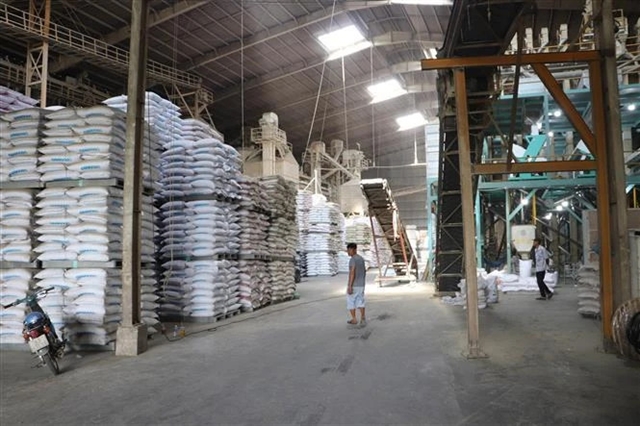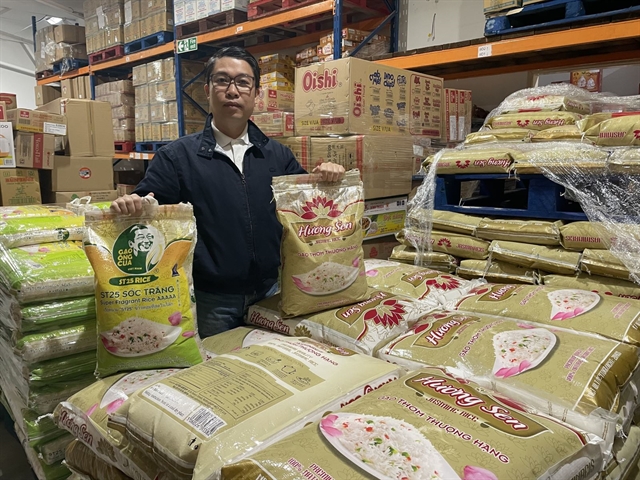 Economy
Economy

 |
| Nguyễn Hải Nam, chairman of EUTEK Group, which exclusively distributes the rice brand of ST25 Ông Cua into the UK. — VNA/VNS Photo |
HÀ NỘI — Experts have said there remains scope for Vietnamese rice suppliers to boost exports to the UK market thanks to the UK-Việt Nam Free Trade Agreement (UKVFTA) and a Vietnamese community of more than 100,000 people.
The UKVFTA took effect on May 1, 2021, with a preferential tariff quota granted to Việt Nam at a tax rate of zero per cent, enabling UK buyers to have more choices of rice varieties from Việt Nam.
Within the framework of the UKVFTA, the UK committed to providing Việt Nam with a tariff quota of nearly 14,000 tonnes of rice, baodautu.vn reported.
According to the Ministry of Industry and Trade (MoIT), Việt Nam is one of the world's leading rice exporters, with an output of over eight million tonnes each year.
However, Việt Nam only ranks 20th among countries exporting rice to the UK, making up a modest 0.2 per cent of the total import turnover to the country, the ministry said, adding that the door is wide open for Vietnamese rice in the market, which has a large demand for rice imports at over 700,000 tonnes annually.
In 2021, the UK imported nearly 652,000 tonnes of rice worth US$575 million. The country's rice imports hit over 678,000 tonnes valued at $603 million in 2022, up 4.1 per cent in volume and 7 per cent in value, the Việt Nam Trade Office in the UK said.
The office suggested that to increase the presence of Vietnamese rice in the UK market, the MoIT should encourage rice exporters to sign long-term contracts with UK partners based on balancing domestic food security with export demand. It petitioned the State Bank of Vietnam to consider creating favourable conditions for enterprises to access credit for rice purchases.
At the same time, the Ministry of Agriculture and Rural Development should support farmers in expanding rice-growing areas which apply Global GAP to produce high-quality fragrant rice, according to the office.
According to other trade experts, to create a larger market breakthroughs and strengthen a sustainable position for Vietnamese rice in the UK and other major markets, the Vietnamese rice industry should implement a branding strategy suitable for each market.
The national brand programme needed to select high-quality and high-yield rice varieties and name them in a simple, easy-to-remember, easy-to-pronounce way along with the place where the rice is grown (Sóc Trăng Việt Nam rice, for instance) or the name of the creator of that rice variety, so that they can register for brand protection abroad easily.
Currently, Vietnamese rice is competing with leading competitors in rice exports to the UK including India which accounts for 22 per cent of the total import turnover to the country, Pakistan (18 per cent), Spain (11 per cent), Italy (10.9 per cent), Thailand (9.2 per cent), baodautu.vn reported. — VNS